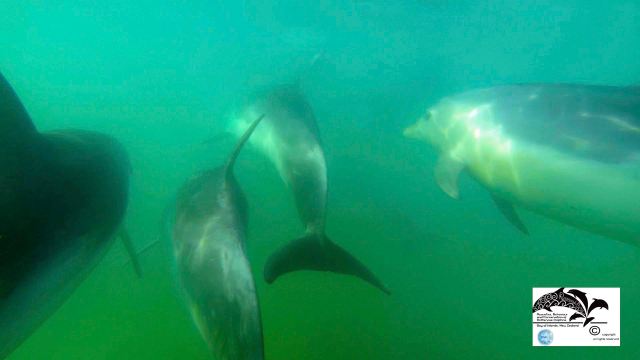There’s been a lot of talk lately about plastic microbeads and how they’re found in everything from toothpaste and face wash, to biomedical testing labs. These little buggers have been firmly in the limelight and largely condemned for their effect on marine life worldwide. This all sounds a little dramatic doesn’t it? So what really are microbeads and what damage are they actually causing?
Well, first lets go back to the start. Plastics have been incredibly useful ever since the start of their mass production in the 1940’s, mainly because of their ability to last ‘forever’ and be used for almost anything. We’ve come on a lot since then in our understanding of pollutants and waste; with plastics accounting for 10% of waste worldwide, they are now internationally recognised as a pollutant.
Those microplastics found in face scrubs and other cosmetics are usually termed primary microplastics, finding their way into the high seas through drainage systems. Their size means that they bypass the filters and make their way into the digestive system of unsuspecting little plankton. Secondary microplastics are those that form after larger waste begins to break down. The natural rhythm of the ocean slowly accentuates this turning them into smaller fragments that again… find their way into the marine food chain. Either way, marine organisms aren’t standing much of chance.
Now we’ve all been suitably bored with the basics of plastics, what are the main problems they’re causing? We’ve already mentioned how they are ingested by marine life both big and small. Tiny biotas such as plankton don’t have the ability to distinguish between food and microplastics, which makes them an easy victim. As the plankton are consumed by the next marine organism in the food web (it’s really not the planktons day is it), the concentration of plastics slowly starts to increase with every trophic level. Eventually, the build up causes feeding problems, blocking organisms essential passages and appendages.
Additives seem to be found in everything these days and plastics are no exception. In order to keep them fresh and living long, additives are added during the manufacturing phase. Once waste is dumped, exposure to the elements leads to the break down of the plastics structure and slowly the additives are released. Everything within floating distance is then at risk of hormone imbalances, reduced mobility and reproductive problems.

Here’s the last blow, I promise. Because microplastics are so small, they have a high surface area to volume ratio. This basically means that they have the ability to carry all sorts of toxins on their surface layers that are later released into the ocean. You guessed it; these toxins cause similar problems to marine life as the additives previously mentioned.
It seems that these days, even when you’re trying to be eco-friendly, your face wash is acting differently. There are lists out there though that will let you know exactly what products are causing the most harm so that you can try and avoid them in the future. An easy way of avoiding secondary microplastics… put your waste in the recycling! Take a look at this review of microplastics to find out more.
Feature image (c) Bo Eide/ Flickr
